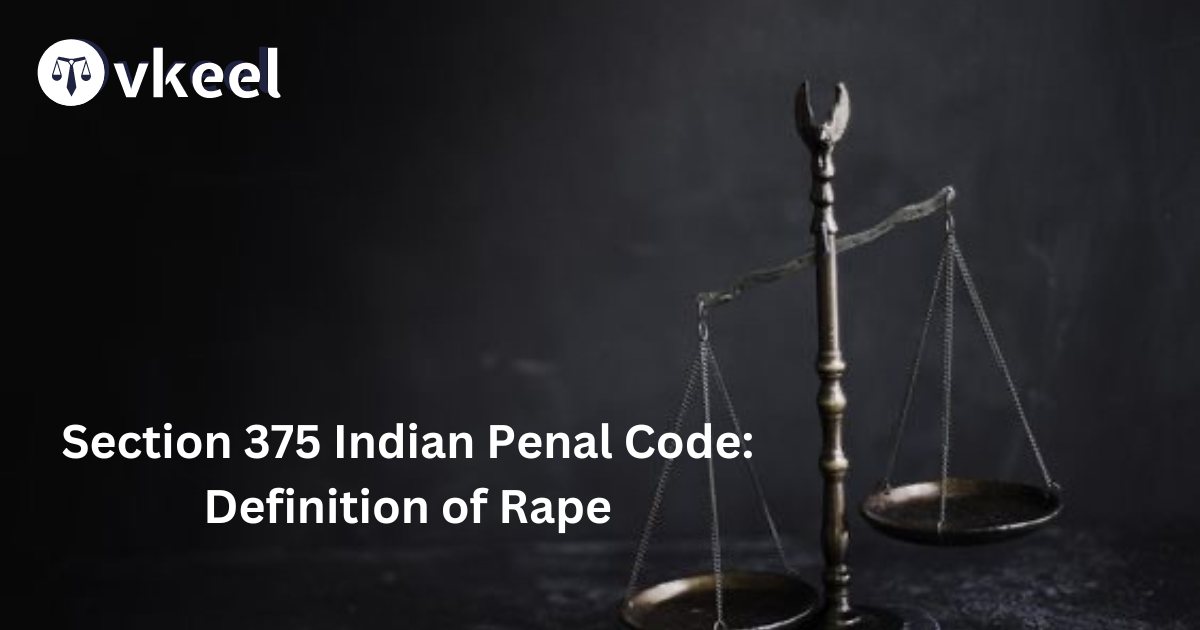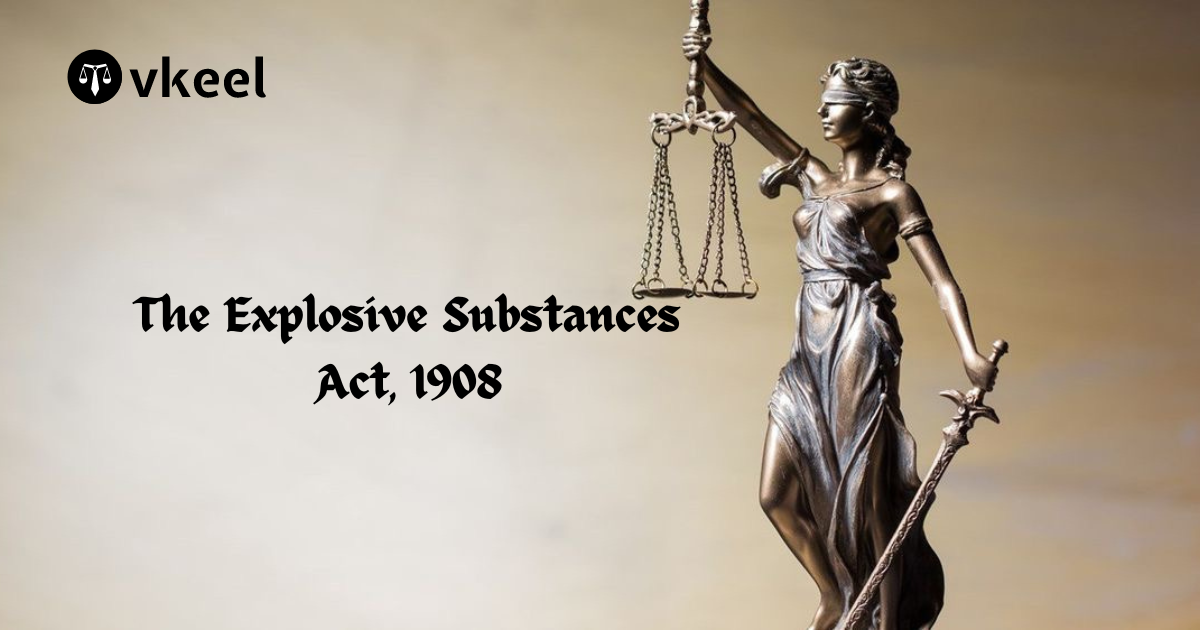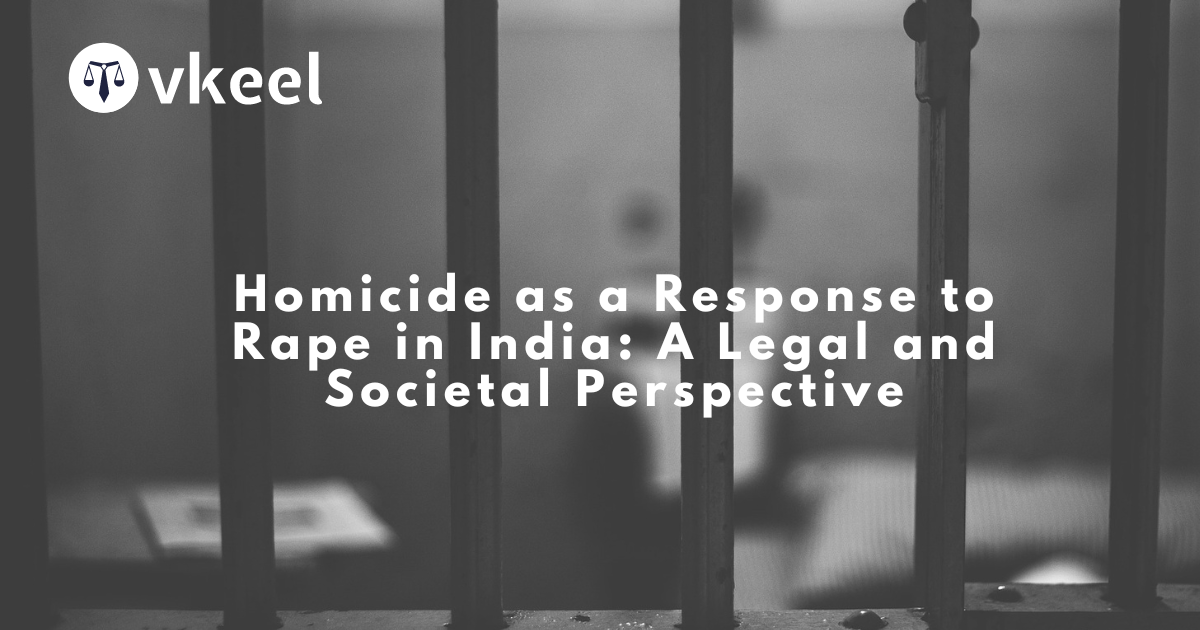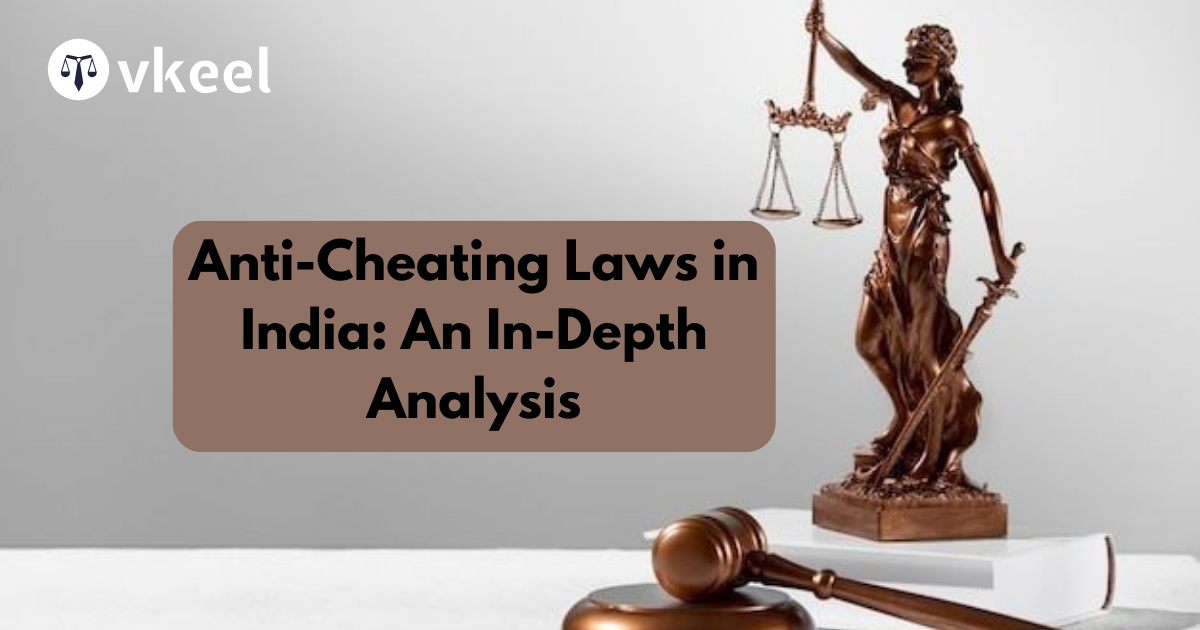Section 375 Indian Penal Code 1860 (IPC) Definition of Rape
By Joy Puri
Table of Contents
Introduction
The aforementioned topic, throughout the books of history, has been an ingrained issue within societies worldwide bringing up debates within the society. Rape involves a form of sexual assault which constitutes non-consensual sexual intercourse or other forms of sexual penetration with a woman. It amounts to serious violation of an individual’s bodily autonomy, dignity, and fundamental rights which a person possesses.
Opening up the records that are evident in the history, societies have often percieved rape through various perspectives and point of views, often inclined by cultural, religious, and legal norms. In various ancient societies, rape was frequently viewed as a crime against property or honor instead of a violation of the victim’s bodily autonomy and integrity. In many societies in the history rape was seen as a means of asserting dominance over conquered kingdoms or as a tool for punishment or humiliation of the related people.
In ancient legal systems of ancient Greece and Rome, rape was often treated as a crime against the victim’s male guardian rather than against the victim herself. This point of view showed the dark side of patriarchal structures where women were regarded as the property of men, and their worth was tied to their chastity and purity.
What Is Rape?
Although rape has been part of various controversies over the period of time. There have been various thinkers, organizations, jurists, and judgements which have deciphered as to what really rape entails. The United States Department of Justice entails Rape as “Penetration, no matter how slight, of the vagina or anus with any body part or object, or oral penetration by a sex organ of another person, without the consent of the victim.” The above mentioned stipulation is mostly used in legal contexts within the United States.
Catharine MacKinnon emphasized, as a feminist as what it means. She enumerated in the book that she wrote, Toward a Feminist Theory of the State. “Rape is intercourse compelled by force, threat of force, or fear of bodily harm that results in physical injury, psychological harm, or both, suffered by the victim.” MacKinnon’s book “
William Blackstone in his commentaries on the Laws of England stated “Rape, also, is an offence against the person; and is defined to be the carnal knowledge of a woman forcibly and against her will.”
Even though the thinkers have put their view on what rape means, there have been Indian thinkers too who have deciphered the meaning of Rape and held their views for the same.
Dr. B.R. Ambedkar had put his view on Rape. “The scourge of rape is deeply intertwined with the systemic injustices of caste and gender discrimination. We must address these root causes to truly combat this abhorrent crime.”
Rabindranath Tagore stated “A society that fails to protect the dignity and safety of its women cannot claim to be civilized. Rape is a brutal manifestation of this failure, demanding urgent cultural transformation.”
Swami Vivekananda enshrined “Violence against any individual, especially women, is a direct violation of our core values. Rape, in particular, is a heinous crime that degrades both the victim and the perpetrator.” These statements by the thinkers tends to show us what the views and general sentiments of the society were on the antecedent topic.
Landmark Cases
NIRBHAYA CASE: The Nirbhaya gang rape case, took place on December 16, 2012, shook India and ignited widespread outrage and protests both nationally and internationally over the globe. In the pertaining case a 23-year-old physiotherapy student, referred to as Nirbhaya which in English means to be fearless, was brutally gang-raped and assaulted by six men on a moving bus in Delhi’s Munirka. The assault was horrific, involving extreme violence and torture to the girl, inflicting injuries and multiple organ failure. Nirbhaya and her friend were then thrown out of the bus. She succumbed to her injuries 13 days later in a hospital in Singapore.
The case ignited massive protests across India, demanding justice and stricter laws against sexual violence and horrific cases. The perpetrators were swiftly arrested and tried in a fast-track court. In the year of 2013, the four of the accused were sentenced to death, one juvenile received three years in a reform facility, and another committed suicide while in police custody.
MATHURA RAPE CASE
In the year of 1972, in Mathura, a young tribal girl, was allegedly raped by two policemen while in custody at a police station in Maharashtra. Although, the Supreme Court acquitted the accused, citing and stating thereof the lack of evidence and discrepancies in Mathura’s matter. The judgment inflicted widespread outrage and led to protests and peace marches, with many questioning the principles of fairness of the legal system and the treatment of rape victims, particularly those from marginalized communities.
The case thus brought legislative changes in India’s rape laws and in the Indian Legal Domain, including amendments to the Indian Evidence Act and the Criminal Procedure Code, to provide better protection for rape victims and ensure a fairer trial process. The aforementioned case thereby played a crucial role in raising awareness about custodial rape and the need for legal reforms to address sexual violence against women in India.
Related amendments
I. Criminal Law (Amendment) Act, 2013: The antecedent amendment was formulated in response to the Delhi gang rape incident. It widened the entailment of rape and made several important changes to the Indian Penal Code, 1860 the Code of Criminal Procedure, and the Indian Evidence Act. The main outlined provisions of the amendment are mentioned below:
Expanding the definition of rape to include various forms of sexual assault.
Introducing new offenses such as acid attacks, sexual harassment, voyeurism, and stalking.
Increasing the punishment for rape to a minimum of 20 years and extending it to life imprisonment or death penalty in extreme cases.
II. Criminal Law (Amendment) Act, 2018: This amendment was at priority aimed at addressing the issue of child sexual abuse in the country.
Introducing the death penalty for rape of girls below the age of 12.
Increasing the punishment for rape of girls under 16 to a minimum of 20 years, which can extend to life imprisonment or death penalty.
III. Protection of Children from Sexual Offences (POCSO) Act, 2012: However this was not specifically an amendment to rape laws, the POCSO Act holds as a crucial legislation aiming at protecting children from sexual abuse and exploitation. It details about various forms of sexual offenses against children and provides for stringent punishment.
IV. Sexual Harassment of Women at Workplace (Prevention, Prohibition and Redressal) Act, 2013: It was an important legislation addressing sexual harassment in the workplace. It mandates the establishment of internal complaints committees in organizations and provides for mechanisms and techniques to address complaints of sexual harassment.
Conclusion
Rape tends to give rise to profound societal wounds, thereby posing a risk to the trust, safety and well being of the citizens of the country. In the case of our India, it gives birth to fear and therefore undermining the gender equality, posing hurdles to the progress of the nation’s tranquility and public order. In furtherance to the aforementioned hardships, to combat this, comprehensive measures are important in order to bring a positively inclined change in the society: Strict law enforcement, education on consent and respect to all the genders, and support mechanism for survivors. Additionally bringing in view the cultural attitudes is shall be our at most priority, building a society where survivors are empowered and receive swift justice.
Disclaimer:
The information provided in the article is for general informational purposes only, and is not intended to constitute legal advice or to be relied upon as a substitute for legal advice. Furthermore, any information contained in the article is not guaranteed to be current, complete or accurate. If you require legal advice or representation, you should contact an attorney or law firm directly. We are not responsible for any damages resulting from any reliance on the content of this website.







